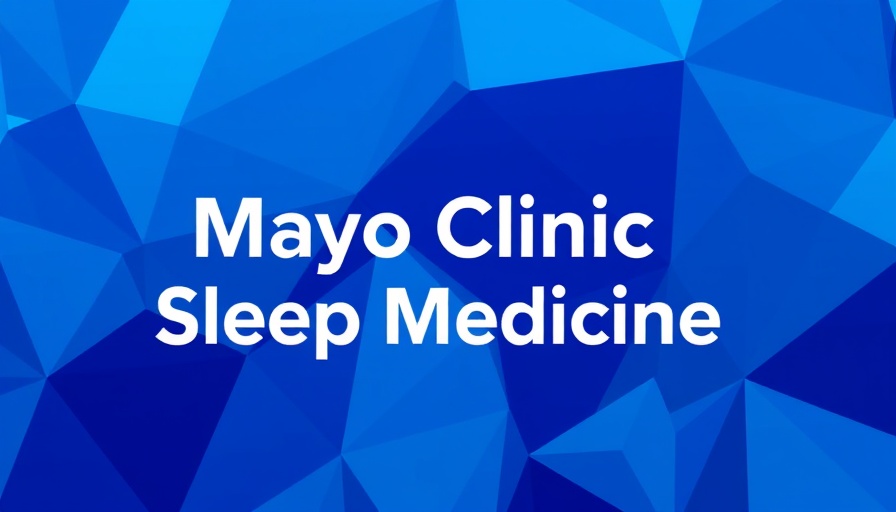
Understanding Sleep Disorders and Their Impact on Drivers
In a recent episode of the Mayo Clinic Sleep Medicine Podcast, hosts Dr. Michael Silber and Dr. Mithri Junna delve into the implications of sleep disorders for commercial drivers. These discussions highlight the critical balance between public safety and individual health. The podcast focuses on situational cases like that of a 45-year-old truck driver with potential sleep apnea, raising the question: when is it permissible for someone diagnosed with a sleep disorder to drive commercially?
In 'The commercial driver with a sleep disorder: Is driving permitted?,' the conversation zeroes in on sleep disorders among commercial drivers and the nuances of regulations that inform driving permissions.
The Importance of Clinical Judgment
The episode emphasizes that there are no hard and fast rules from the Department of Transportation (DOT) regarding sleep tests for drivers. Instead, clinical judgment plays a vital role. Essential considerations include the driver's reported symptoms and history, such as any experiences of excessive daytime sleepiness. If a driver acknowledges sleepiness, it poses a safety risk that may necessitate a period off driving until further evaluation concludes.
Testing Guidelines and Patient Accountability
Interestingly, when identifying sleep apnea, a home sleep apnea test might suffice, provided there's a reliable chain of custody to affirm that the test results reflect the actual patient’s state. However, trust must be earned; health practitioners should ensure the patient correctly uses the test apparatus. This aspect is essential as it relates directly to the validity of outcomes used for clinical decisions.
Current Standards for Treatment and Driving
Should a driver have a positive test indicating obstructive sleep apnea with an AHI of 16, the podcast informs that while treatment is encouraged, it is not mandatory unless specific factors like daytime sleepiness surface. Drivers are encouraged to actively communicate symptoms; however, the notion that they might underreport these feelings complicates matters.
Final Thoughts and Safeguards
While the DOT allows flexibility in its regulations compared to the Federal Aviation Administration (FAA), the overriding principle remains the safety of everyone on the road. If doctors suspect a severe sleep disorder, it could be best to consider recommending against driving until all testing and evaluations are complete. Ultimately, driver safety is paramount, and an informed decision supported by clinical evaluation should steer these discussions. This podcast reinforces the importance of understanding these medical conditions and aligning them with safety standards on the road.
 Add Row
Add Row  Add
Add 




Write A Comment